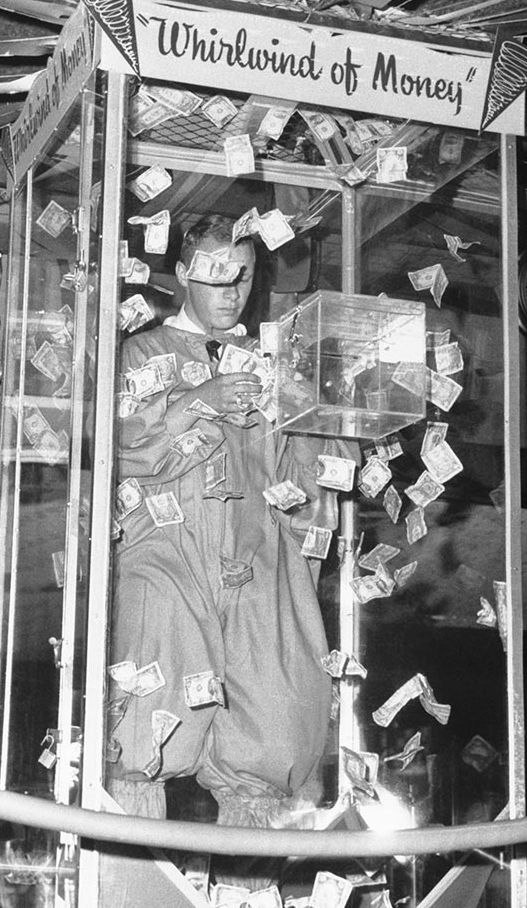2007年9月4日 给穷国开药方
|
如果经济学能像我相信的那样,告诉我们一些关于犯罪、婚姻或搭车的有用东西,那么,其它学科应当也能告诉我们一些关于经济的东西。最近《科学》(Science)杂志发表的一篇文章可能就是一个重要的例证。两位物理学家——塞萨尔?伊达尔戈(Cesar Hidalgo)和艾伯特-拉斯洛?鲍劳巴希(Albert-Laszlo Barabasi),以及两位经济学家——贝利?科林格(Bailey Klinger)和里卡多?奥斯曼(Ricardo Hausmann),共同绘制了关于经济“空间”的不同寻常的图景,有望使人们加深理解经济学的最大问题:穷国为什么穷。 If economics can tell us something useful about crime, marriage or car-pooling – as I believe it can – then other academic disciplines should have something to tell us about economies. Last month, Science published an example that may turn out to be important. Two physicists, Cesar Hidalgo and Albert-Laszlo Barabasi, and two economists, Bailey Klinger and Ricardo Hausmann, have been drawing unusual pictures of economic “space” that promise a deeper understanding of the biggest question in economics: why poor countries are poor. Testing the idea took three steps. First, economists at the National Bureau of Economic Research, in the US, broke down each country’s exports into 775 distinct products. Next, Hausmann and Klinger used that data to measure how similar each product is to each other product. If every major apple exporter also exports pears, and every major pear exporter also exports apples, then the data are demonstrating apples and pears to be similar. Presumably, both economies would have fertile soil, agronomists, refrigerated packing plants and ports. For the third step, Hausmann and Klinger called upon Hidalgo and Barabasi, who specialise in mapping and analysing networks. The result was a map of the relationships between different products in an abstract economic space. Apples and pears are close together, oil production is a long way away from anything else. The physicists’ map shows each economy in this network of products, by highlighting the products each country exported. Over time, economies move across the product map as their export mix changes. Rich countries have larger, more diversified economies, and so produce lots of products – especially products close to the densely connected heart of the network. East Asian economies look very different, with a big cluster around textiles and another around electronics manufacturing, and – contrary to the hype – not much activity in the products produced by rich countries. African countries tend to produce a few products with no great similarity to any others. That could be a big a problem. The network maps show that economies tend to develop through closely related products. A country such as Colombia makes products that are well connected on the network, and so there are plenty of opportunities for private firms to move into, provided other parts of the business climate allow it. But many of South Africa’s current exports – diamonds, for example – are not very similar to anything. If the country is to develop new products, it will mean making a big leap. The data show that such leaps are unusual. None of this is proof that other development prescriptions – provide finance, fight corruption, cut red tape and lower trade barriers – are useless. Nor is it a green light for hamfisted industrial policy. Klinger warns: “It’s easy to take the policy implication too far and start trying to pick and choose where to settle in the product space.” But it is a big step forward. Policymakers should take note, and economists, too |








